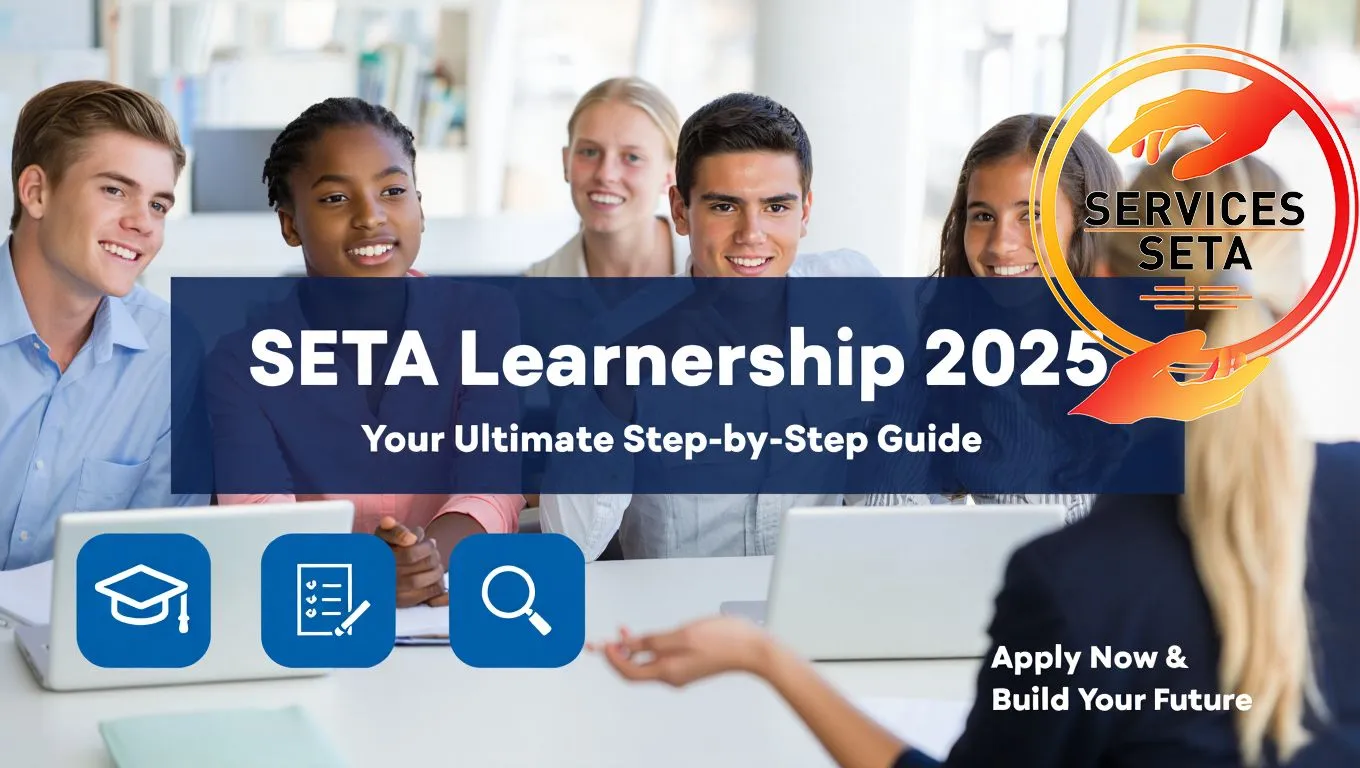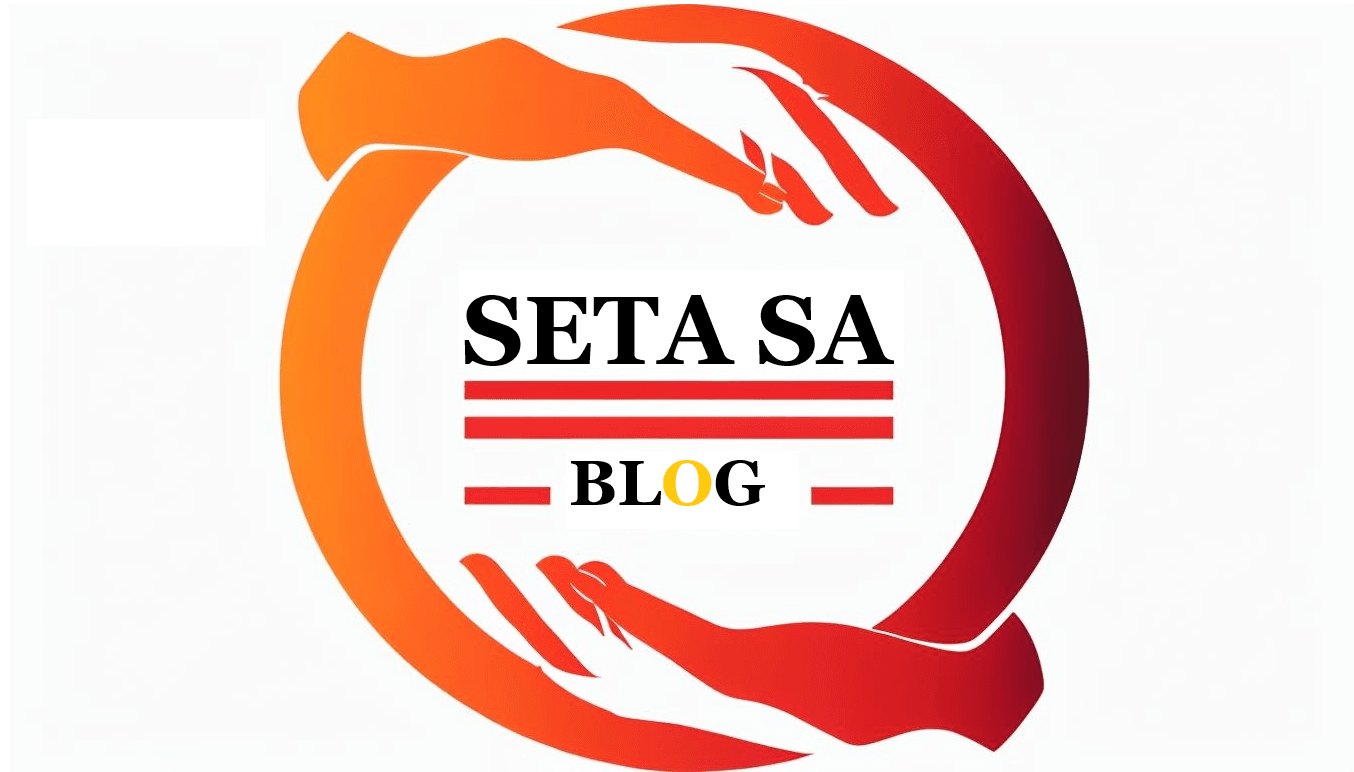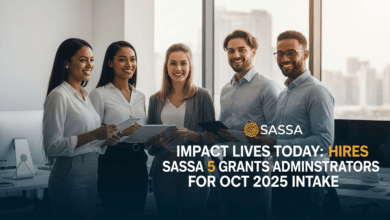
Imagine gaining a nationally recognized qualification, hands-on workplace experience, and earning a stipend at the same time. That’s what SETA learnerships offer in 2025. Whether you’re a school leaver, unemployed, or looking to upskill, learnerships provide the practical training and career exposure that employers value. This guide walks you through everything—from finding the right program to thriving during your learnership and converting it into long-term employment.
What a Learnership Really Is
A learnership blends structured classroom learning with practical work experience. These programs are built around South Africa’s National Qualifications Framework (NQF) and designed to equip learners with skills that employers actually need.
- Duration: 6–24 months depending on the level.
- Outcome: Nationally recognized qualification.
- Unique aspect: Theory and practice happen simultaneously, ensuring you can apply knowledge on the job.
Unlike traditional university courses, learnerships give you the chance to learn while doing—so you’re not just memorizing theories; you’re developing skills that make you job-ready.
Why SETA Matters
SETA stands for Sector Education and Training Authority. Each SETA focuses on a specific economic sector, such as construction, finance, agriculture, IT, or tourism.
- Key responsibilities:
- Accrediting training providers
- Funding learnerships
- Ensuring programs meet industry standards
When you enroll in a SETA-accredited learnership, you’re on a legitimate, recognized pathway that aligns with employer expectations. This ensures the skills you gain are marketable nationwide.
Benefits of a SETA Learnership
1. Develop Skills and Workplace Experience
Learnerships combine knowledge and practice. You gain:
- Technical skills relevant to your chosen field
- Soft skills like teamwork, communication, and time management
- Real exposure to office or industrial environments
Employers prefer candidates who already have workplace experience, making learnerships a powerful foot in the door for entry-level positions.
2. Earn While You Learn
Unlike traditional programs, learnerships pay a monthly stipend, helping cover expenses such as transport and meals while motivating you to fully commit to the program.
3. Receive a Recognized Qualification
Completion awards a nationally recognized NQF qualification, respected by employers in South Africa and, in some sectors, internationally.
Who Can Apply
Age and Education
- Primarily for South Africans aged 18–35 (some programs accept older applicants).
- Most require a Grade 12 certificate, but certain trade-based programs may accept lower qualifications.
- Some programs are open to post-matric learners or existing employees seeking upskilling.
Required Documents
- Certified copy of South African ID
- Certified copies of qualifications
- CV
- Proof of residence
- Motivation letter (optional but recommended)
- References (if available)
Types of Learnerships
Sector-Based Learnerships
Each SETA offers programs tailored to its industry. Examples:
- MICT SETA: IT and digital media
- CETA: Construction trades
- BANKSETA: Banking, finance, accounting
- AGRISETA: Agriculture, agri-processing
Short-Term vs Long-Term
- Short-term (6–12 months): Focused skills, entry-level programs
- Long-term (12–24 months): Deeper engagement, higher NQF qualification
Step-by-Step Application Guide
1. Identify Your Career Interests
- Assess your passions and strengths
- Research industries and specific roles
- Use career assessment tools (e.g., SAYouth.mobi)
2. Research Learnership Opportunities
- Check SETA websites and government portals
- Follow mailing lists and social media for updates
- Compare program benefits, locations, and durations
3. Prepare Your Application
- Tailor your CV to highlight relevant skills and experience
- Gather certified documents
- Write a concise, personal motivation letter
4. Submit Your Application
- Online: Upload documents to SETA or company websites
- In-person: Deliver documents professionally to offices
- Apply to multiple programs to increase your chances
5. Prepare for Interviews and Assessments
- Research the SETA and company
- Practice common interview questions
- Dress professionally and be punctual
- Show enthusiasm, curiosity, and willingness to learn
Where to Find Learnership Opportunities
- Official SETA websites: Most reliable and updated
- Government platforms: SAYouth.mobi, Department of Labour ESSA portal
- Job boards: Indeed, CareerJunction, LinkedIn
- Corporate partners: Large companies often offer SETA-accredited learnerships
Tip: Always verify that learnerships are SETA-accredited and free to apply. Avoid scams asking for money.
Maximizing Your Learnership Experience
Build Your Network
Connect with supervisors, mentors, and fellow learners. Networking can open doors for future job opportunities.
Seek Mentorship
Learn from experienced professionals, ask questions, and seek advice for career growth.
Set Career Goals
Use the learnership as a foundation. Identify strengths and weaknesses, and plan short-term and long-term goals.
From Learnership to Employment
Impress Your Employer
- Show initiative and professionalism
- Apply your learning to practical tasks
- Communicate interest in future opportunities
Update Your CV
Highlight:
- Practical experience during the learnership
- Skills gained
- NQF qualification
Job Applications
- Start with internal vacancies
- Use online platforms for broader searches
- Apply for further learnerships, internships, or graduate programs
Rights and Responsibilities
Your Rights
- Safe working environment
- Monthly stipend
- Proper training and mentorship
- Fair assessment
- Leave entitlements
Your Responsibilities
- Commitment and punctuality
- Active participation
- Professional conduct
- Completion of assessments
- Open communication
Common Challenges and How to Overcome Them
- Time management: Use planners, prioritize tasks, and avoid procrastination
- Adapting to the workplace: Observe, ask questions, and follow workplace etiquette
- Balancing study and work: Maintain schedules, self-care, and a support network
FAQs
Yes, you can apply to as many learnerships as you like, provided you meet the eligibility criteria for each. Just make sure to tailor your application for every program to increase your chances of selection.
Absolutely. Many SETAs and companies offer inclusive learnerships specifically designed for people with disabilities. These programs are supported by government initiatives to promote workplace diversity and equal opportunities.
Yes. While many applications are online, you can still apply in person through labor centers, training providers, or companies that accept physical CV submissions. Visit your nearest Department of Labour office for assistance.
Dropping out can affect your chances of being selected for future programs. It also means you won’t receive the final qualification. If you’re struggling, talk to your facilitator or mentor—there may be alternatives or support options available.
Yes. Once you’ve completed one learnership, you’re allowed to apply for another, especially if it’s at a higher NQF level or in a different field. Just make sure there’s no overlap in your program timelines.





